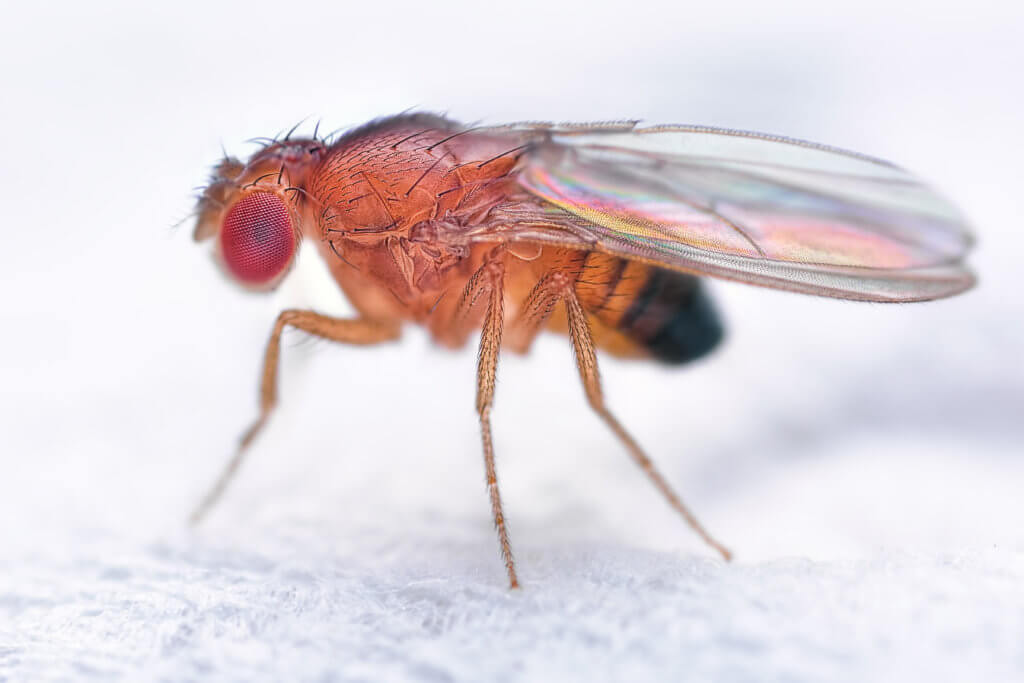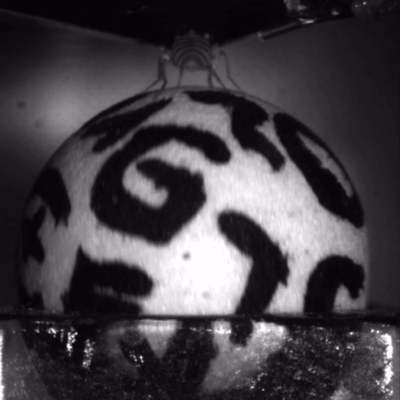As we navigate through life, we all have an internal compass guiding us, helping us stay on course toward our goals. This brain system acts like a GPS, tracking our movements and prompting adjustments to steer us back on path when we veer off track. But exactly how this navigation system talks to the parts of our brain that control behavior remains somewhat mysterious.
New research published in Nature offers intriguing clues into this process – and fruit flies are the unlikely stars of the show.
At first glance, fruit flies seem like odd creatures to provide navigation insights relevant to human experience. However, neuroscientists often study these insects because their brains share fundamental organizational principles with more complex species.
Fruit flies have complicated behaviors and enough neurological similarities to mammals that discoveries carry implications across biology. So while they lack the intricacy of the human brain, fruit flies provide a remarkably handy model for key aspects of cognition and behavior. Roots run deep in the biological world, tying together navigation circuits across vastly different creatures.

“Until now, no one really knew how sense of direction, which is an internal cognitive state, relates to the actions an animal is making in the world,” said senior author Dr. Rachel Wilson, a neurobiology professor at Harvard Medical School, in a statement.
It turns out that fruit flies have a complex internal compass composed of specialized neurons that track the insect’s rotational movements during walking. When the flies’ surroundings shift them off their original path, these neurons communicate with other parts of the brain that trigger automatic course corrections to reorient the fly.
Three distinct groups of neurons enable this cross-talk, the study found. “You can think of these three groups of neurons as three sentries guarding a castle, with each responsible for surveilling in a different direction and prompting the correction needed to keep the fly moving towards its goal,” said Dr. Wilson.
Pinpointing the Pathways
To identify the pathways between the compass and control centers, the researchers first built a detailed wiring diagram of all the connections in the fly brain. This model predicted the existence of a specific layer of intermediary neurons linking the two regions.
The team then monitored activity in these linking neurons as flies walked around in an experimental virtual reality environment, often moving randomly as if trying to escape. When the virtual world shifted to throw the insects off-kilter, they quickly adjusted their trajectory to regain their bearings, turning right, left, or even completely reversing course via signals from each of the three neuron groups.

“This is a really concrete description of how a complicated cognitive process works and how it produces specific, guided behaviors in real time,” noted Dr. Wilson.
The findings align with separate research recently published in Nature by another team, providing a more complete picture of how a sense of direction gets translated into movement in flies. And according to Dr. Wilson, these insights from a small-brained species lay groundwork for understanding the roots of similar navigation processes in more complex creatures.
Navigating Our Inner Worlds
So how might these fly studies relate to human experience?
As we pursue goals like health, relationships or career success, our internal compass points us towards actions that align with those aims, while nudging course corrections when we stray. We constantly navigate complex inner landscapes as well as physical ones.
Distractions throw us off path, negative self-talk shifts our trajectory, fear redirects our steps. But time after time, the compass kicks in to steer us back on course.
This internal guidance system likely has similar neurological roots across species. As Dr. Wilson explained, “By understanding a system in one small brain, I think we’ve made important progress toward forming clear hypotheses about how it may work in more complicated brains.”
Insects and humans alike seem to convert internal cognitive directions into real-world movements.
The studies also offer clues about how intentions take shape in the brain before manifesting through actions. “I think we’ve touched on one of the most mysterious aspects of brain function, which is how we hold information and intentions in our mind in a latent form and then act on them,” said Dr. Wilson.
Even fruit flies exhibit this ability, hinting at a fundamental process spanning biology. The new research brings neuroscientists one step closer to understanding the ultimate source of our sense of direction: both externally across the physical landscape and internally through the topography of our inner worlds. Wherever you aim to go, the compass lies within, guiding your steps.












